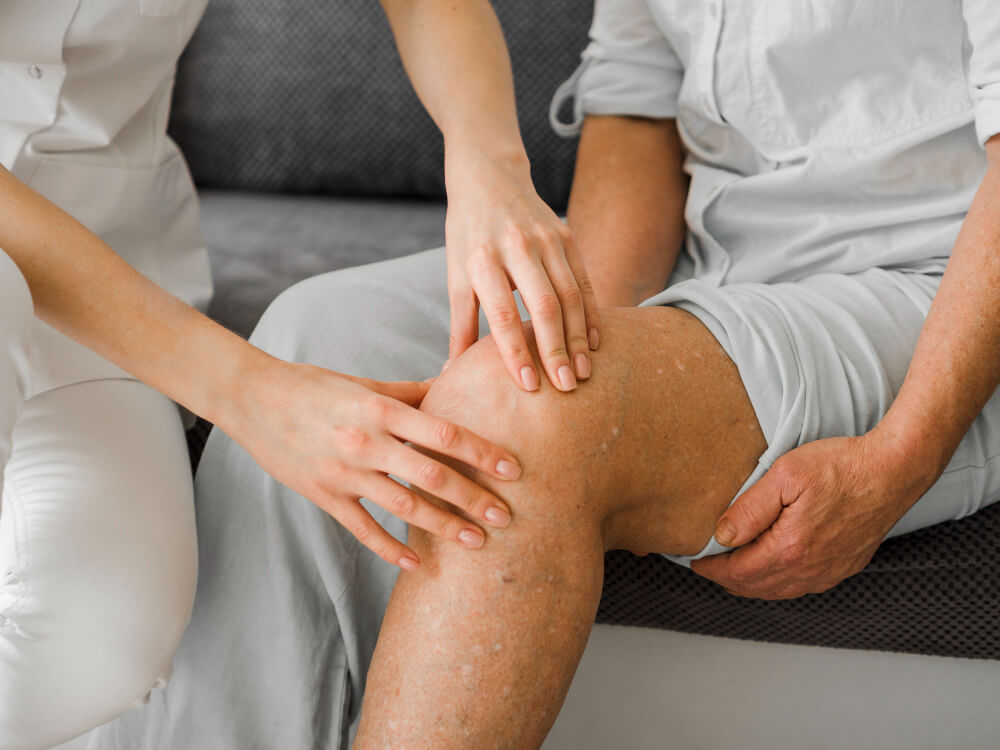Returning to the Game: Sports Medicine and Effective ACL Injury Treatment
The knee joint is a complex structure that bears significant weight and facilitates a wide range of movements. Four major ligaments provide stability and prevent excessive movement within the joint. One of these crucial ligaments is the anterior cruciate ligament (ACL). Located in the center of the knee, the ACL plays a vital role in maintaining stability and preventing the shinbone from moving forward excessively relative to the thigh bone. ACL injuries are a frequent occurrence among athletes participating in sports that involve sudden changes in direction, pivoting, or jumping maneuvers. These injuries can be devastating, often leading to pain, swelling, instability in the knee, and a significant time away from competition.

Understanding the ACL and the Impact of Injuries
Anatomy of the ACL:
The ACL is a strong band of tissue that connects the back of the thighbone (femur) to the front of the shinbone (tibia). It acts as a primary restraint, preventing the shinbone from sliding forward excessively during activities like landing from a jump or changing direction rapidly.
Causes of ACL Injuries:
ACL injuries can occur due to various factors, including:
- Sudden change in direction: This can happen when an athlete pivots quickly, such as when planting a foot to cut or dodge an opponent.
- Landing from a jump: Inconsistent landing mechanics or landing with a straight leg can put excessive strain on the ACL.
- Non-contact injuries: These can occur during deceleration or forceful twisting movements, even without direct contact with another player.
Symptoms of ACL Injuries:
The following symptoms may indicate an ACL injury:
- A popping or tearing sensation in the knee at the time of injury
- Severe pain and difficulty bearing weight on the injured leg
- Rapid swelling and inflammation in the knee joint
- Instability or a feeling of “giving way” in the knee
Sports Medicine: The Path to Recovery from an ACL Injury

Benefits of Seeking Care from a Sports Medicine Specialist:
Sports medicine specialists are healthcare professionals with extensive training and experience in diagnosing and treating sports-related injuries. They understand the unique demands placed on athletes’ bodies and can provide personalized treatment plans to optimize recovery and return to play.
Diagnosis of ACL Injuries:
Following a thorough physical examination, a sports medicine specialist may utilize various diagnostic tools to confirm an ACL injury. This may include X-rays to rule out fractures and MRI scans to visualize the extent of ligament damage.
Treatment Options for ACL Injuries:
Treatment for ACL injuries typically involves a two-pronged approach:
- Rehabilitation: A structured rehabilitation program is crucial for regaining strength, flexibility, and stability in the knee joint. This program typically includes physical therapy exercises focused on improving muscle control, range of motion, and proprioception (body awareness).
- Surgery: In some cases, depending on the severity of the tear and the athlete’s desired level of activity, surgery may be necessary to reconstruct the ACL. Sports medicine specialists perform minimally invasive surgical techniques to repair the ligament, allowing for faster recovery times.
The Importance of a Structured Rehabilitation Program:
Following ACL injury treatment, a well-designed rehabilitation program is essential for a full recovery and a successful return to sport. This program should be tailored to the individual athlete’s needs and gradually progress them back to their desired level of performance. A sports medicine specialist can guide athletes through this process, ensuring they regain strength, stability, and confidence in their knee joint.
